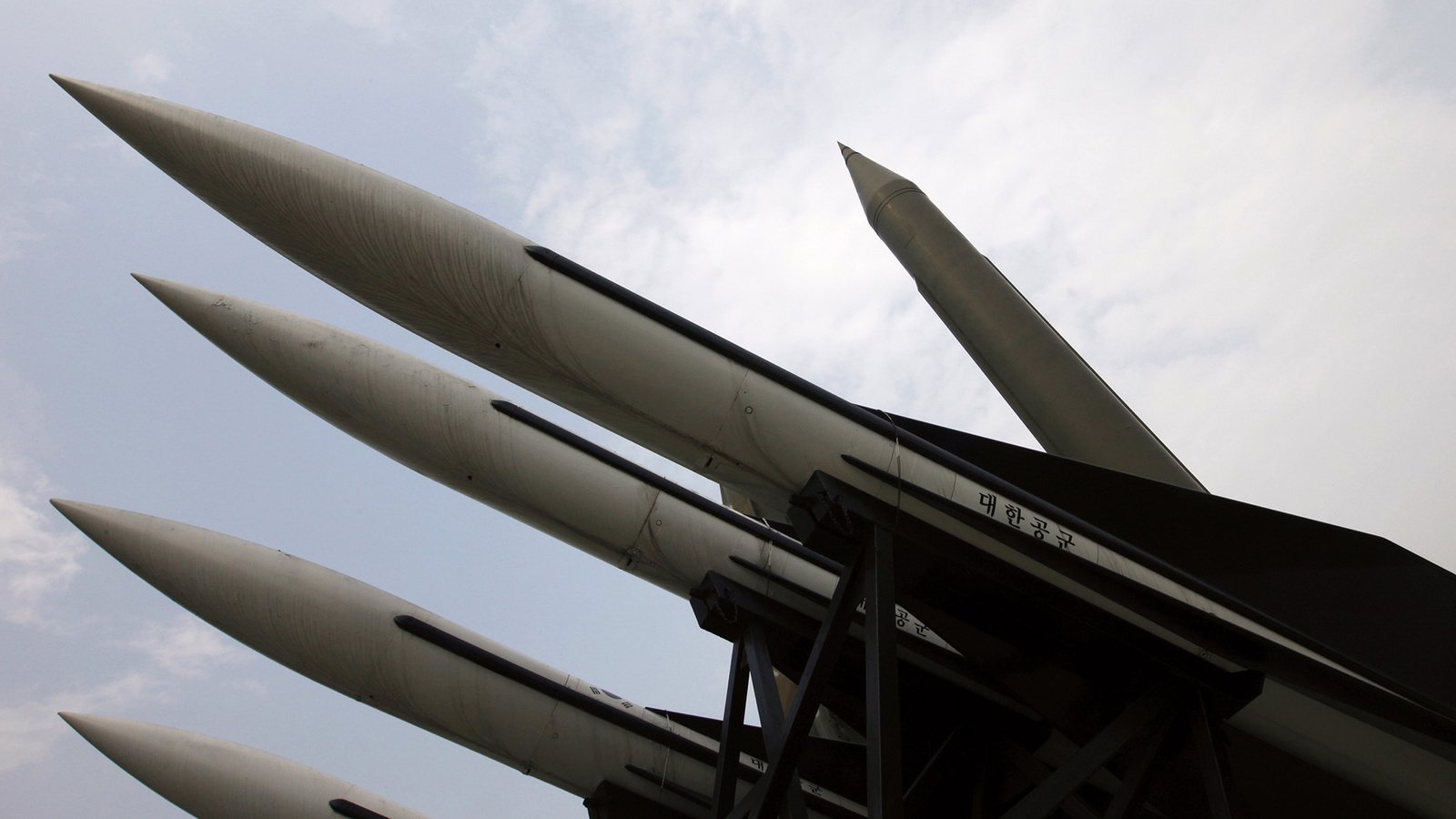
In the past seventy years, the U.S.-South Korea alliance has evolved from a patron-client relationship to a global comprehensive strategic alliance.


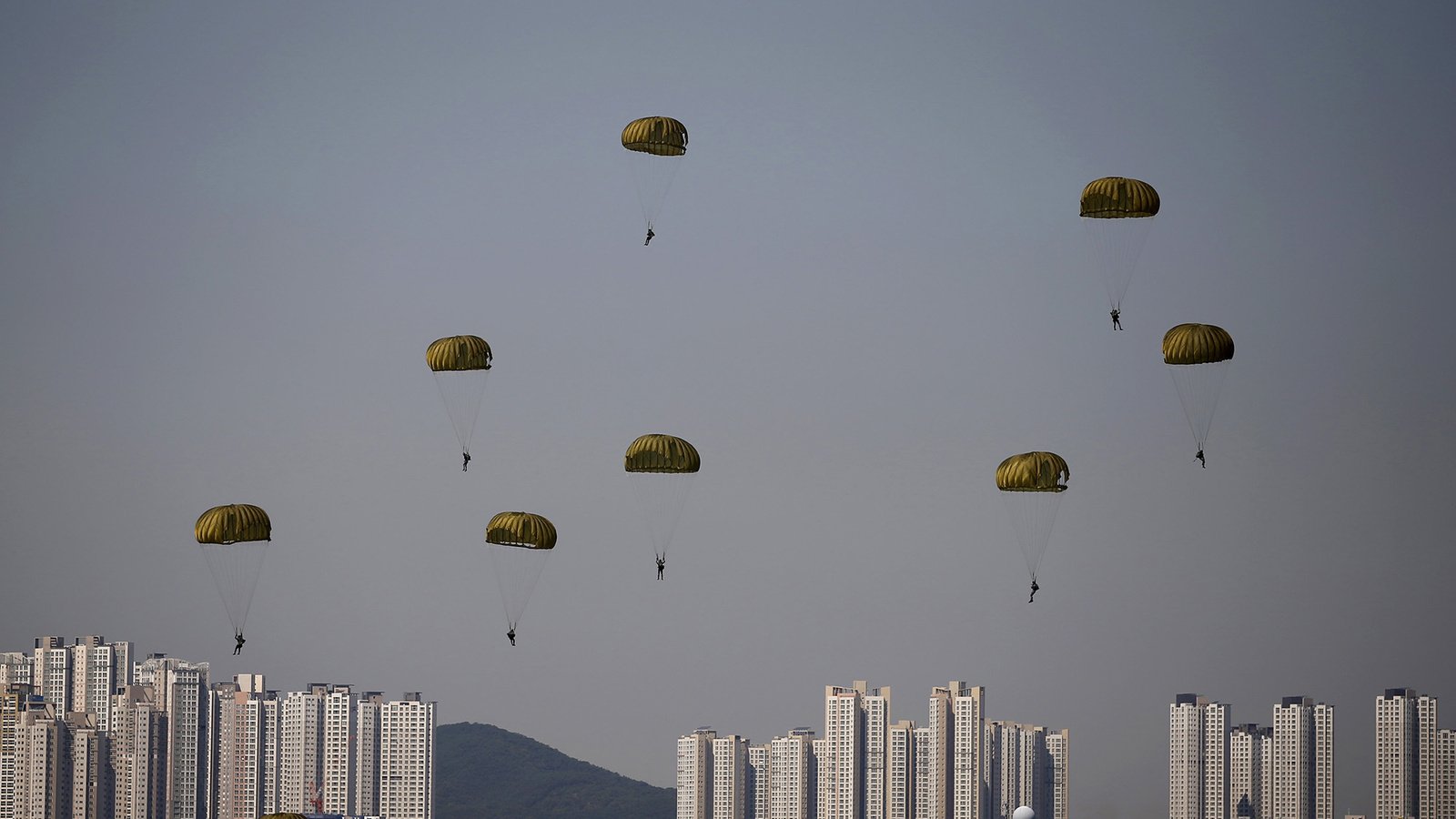
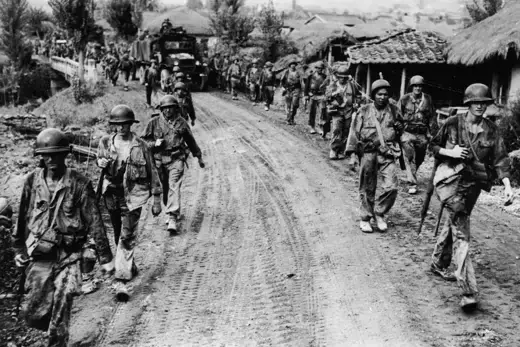
After independence from Japanese colonialism post–World War II, early Cold War tensions lead to the occupation of the Korean Peninsula by Soviet forces in the North and U.S. forces in the South. North Korea, backed by China and the Soviet Union, attempts to reunify the peninsula under communist rule by invading South Korea. The UN Security Council denounces the attack as a breach of peace and adopts binding resolutions, which call for an immediate cessation of hostilities and—for the first time—authorize the formation of the UN Command to provide assistance to South Korea. Under the command, sixteen countries, led by the United States, provide troop support to South Korea.
July 27, 1953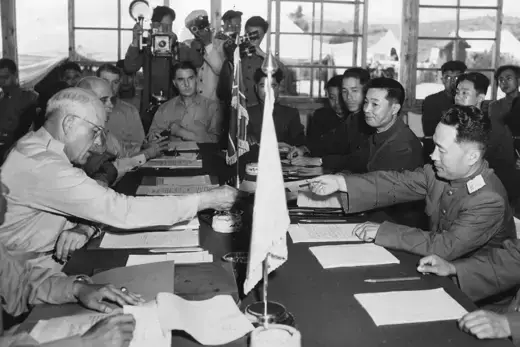
The agreement divides the Korean Peninsula along the thirty-eighth parallel and establishes the Demilitarized Zone (DMZ) as a buffer between North and South Korea. South Korean President Syngman Rhee opts not to sign the agreement, but he accepts the armistice on the condition that the United States and South Korea sign a mutual defense treaty. Because the Armistice Agreement serves as a cease-fire to the Korean War and the two Koreas did not sign a formal peace treaty, they technically remain in a state of war.
October 1, 1953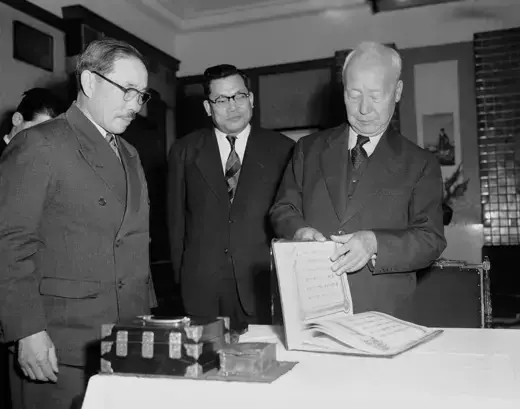
The U.S.-South Korea Mutual Defense Treaty ensures U.S. defense of South Korea against external aggression and commits to a U.S. military presence in South Korea. The treaty lays the foundation for a robust security alliance between the two countries.
May 16, 1961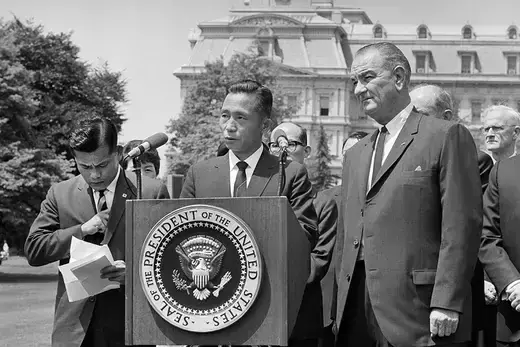
Amid domestic economic and political turmoil, the military overthrows the government, seizes power, and imposes martial law. Under pressure from the United States, South Korea holds a presidential election in 1963, in which Park is elected as president. Park implements an export-oriented economic modernization plan that transforms South Korea from one of the most impoverished countries in the world to a country with unprecedented economic growth, known as the so-called “Miracle on the Han River.” South Korea’s enhanced economic stature begins to alleviate the asymmetry of the U.S.-South Korea relationship.
President Park initiates the development of an independent nuclear weapons program, following concerns about the United States reducing its security commitment and withdrawing troops from South Korea under the Nixon Doctrine established by U.S. President Richard Nixon. The United States later pressures Park to cancel a nuclear plant agreement with France, offering U.S. nuclear assistance and personnel for peaceful purposes instead. South Korea’s nuclear ambitions cease when Park signs the Nuclear Nonproliferation Treaty (NPT).
May 18, 1980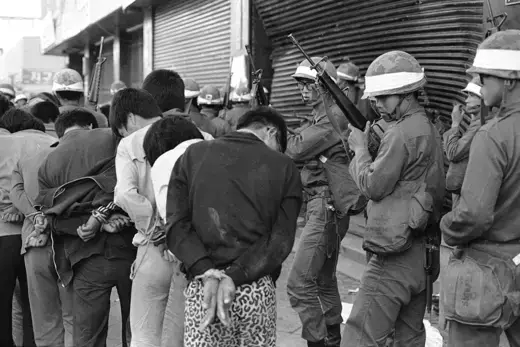
After General Chun Doo-hwan seizes power through a military coup in December 1979, South Korean civilians, led by students and activists, organize pro-democracy protests demanding an end to military rule. The South Korean government responds by imposing martial law and using violence to suppress activists in the city of Gwangju. The movement marks a turning point in South Korea’s struggle for democracy, inspiring people to resist the military dictatorship across the country and eventually leading to the country’s democratization. U.S.-South Korea relations are hobbled by perceptions within South Korea that the United States sided with the dictatorship rather than support the democratic movement.
September 27, 1991U.S. President George H. W. Bush announces his decision to remove all U.S. tactical nuclear weapons from South Korea. The next year, the two Koreas sign the Joint Declaration of the Denuclearization of the Korean Peninsula [PDF]. Under this agreement, the two countries commit not to test, manufacture, produce, receive, possess, store, deploy, or use nuclear weapons.
June 13, 2002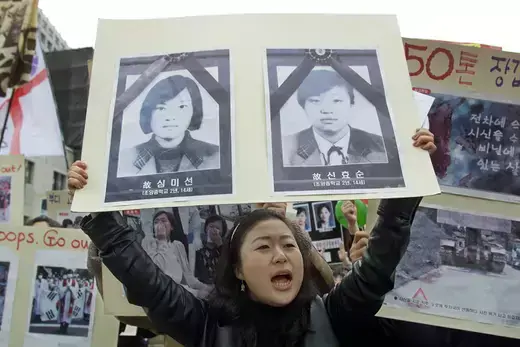
Two off-duty U.S. servicemen accidentally kill two South Korean middle-school girls while driving a U.S. military vehicle. The incident and the subsequent acquittal of the soldiers by a U.S. military court trigger anti-American protests across South Korea. Primarily directed at the U.S. military presence in South Korea, the protests reflect a desire for a more equal relationship with the United States.
January 10, 2003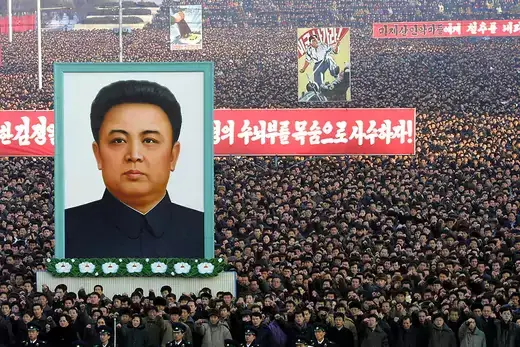
North Korea announces its intention to withdraw from the NPT, stating concerns regarding “hostile” U.S. policies toward the country. Pyongyang criticizes the binding obligations stipulated in the safeguard accord under Article 3 of the International Atomic Energy Agency (IAEA) regulations. Three years later, North Korea successfully tests its first nuclear weapon, changing security dynamics on the Korean Peninsula.
August 27, 2003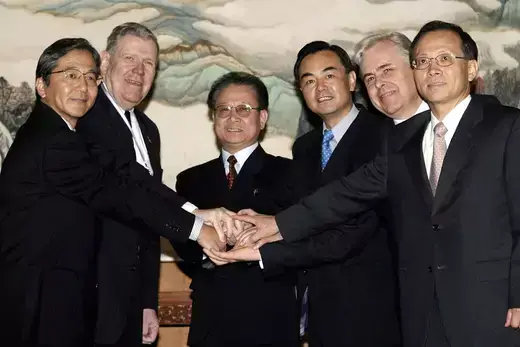
Representatives from China, Japan, North Korea, Russia, South Korea, and the United States convene in Beijing to negotiate North Korea’s denuclearization following revelations that North Korea had covertly pursued a uranium enrichment program. The United States insists on complete, verifiable, and irreversible dismantlement (CVID), while North Korea seeks diplomatic normalization with the United States and security assurances. Despite multiple rounds of talks, the countries fail to reach a consensus, leading to North Korea’s withdrawal from the Six-Party Talks in April 2009 after the UN Security Council condemns its long-range missile launch.
March 15, 2012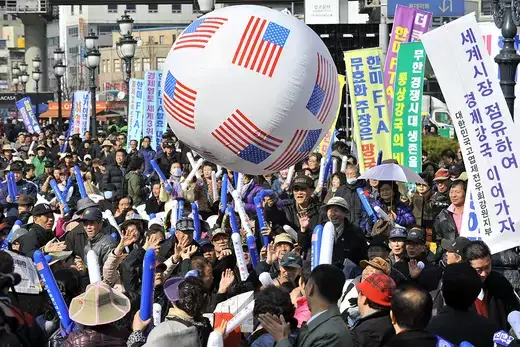
After six years of negotiations, South Korean President Lee Myung-bak and U.S. President Barack Obama sign the trade treaty, which is then ratified by the South Korean National Assembly. The agreement promotes economic cooperation and access to commercial markets for both countries. The Korea-United States Free Trade Agreement (KORUS FTA) is the largest bilateral free trade agreement the United States has signed. The trade agreement paves the way for an economic partnership alongside the military alliance between the two countries.
April 27, 2016The agreement, established during the second Civil Space Dialogue, aims to promote cooperation in the exploration of outer space for peaceful purposes by both countries. It marks the first space cooperation agreement between the United States and an Asian country.
June 30, 2017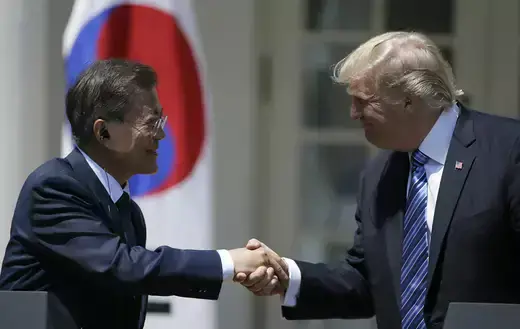
Newly elected South Korean President Moon Jae-in and U.S. President Donald Trump meet in Washington, DC, to address the need for a more balanced trade relationship. Despite concerns regarding diverging policy priorities and potential tensions within the U.S.-South Korea alliance, the two leaders discuss possible revisions to the KORUS FTA, and both express a willingness to engage in dialogue with North Korea under the right conditions.
April 27, 2018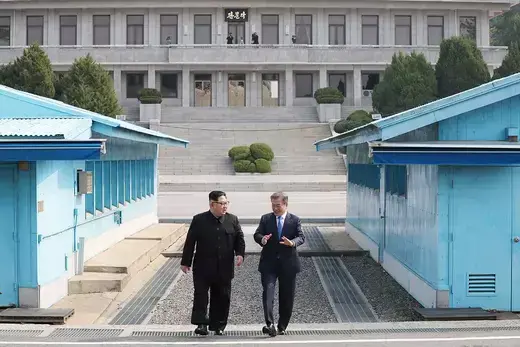
North Korean leader Kim Jong Un and South Korean President Moon Jae-in hold the first inter-Korean leader summit in eleven years. Kim becomes the first North Korean leader to step foot in South Korea since 1953. The two leaders reaffirm their commitment to usher in a new era of inter-Korean relations based on peace, prosperity, and reunification of the Korean Peninsula. They also sign the Panmunjom Declaration, aimed at defusing military tensions and fostering peace on the Korean Peninsula. Two more inter-Korean summits occur in May and September 2018. The September inter-Korean summit held in Pyongyang results in the Pyongyang Joint Declaration, which leads to the adoption of the Agreement on the Implementation of the Historic Panmunjom Declaration in the Military Domain (also known as the Comprehensive Military Agreement, or CMA).
June 12, 2018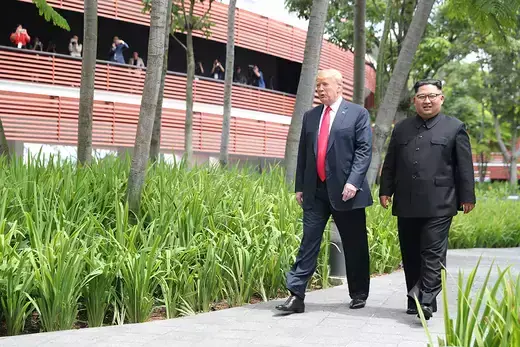
The two leaders announce a joint statement that commits to establishing new bilateral relations, building a lasting and stable peace regime on the Korean Peninsula, working toward complete denuclearization of the Korean Peninsula, and recovering the remains of U.S. troops unaccounted for during the Korean War. It marks the first bilateral meeting between a sitting U.S. president and the leader of North Korea, which is made possible by President Moon’s efforts to serve as an intermediary between Trump and Kim.